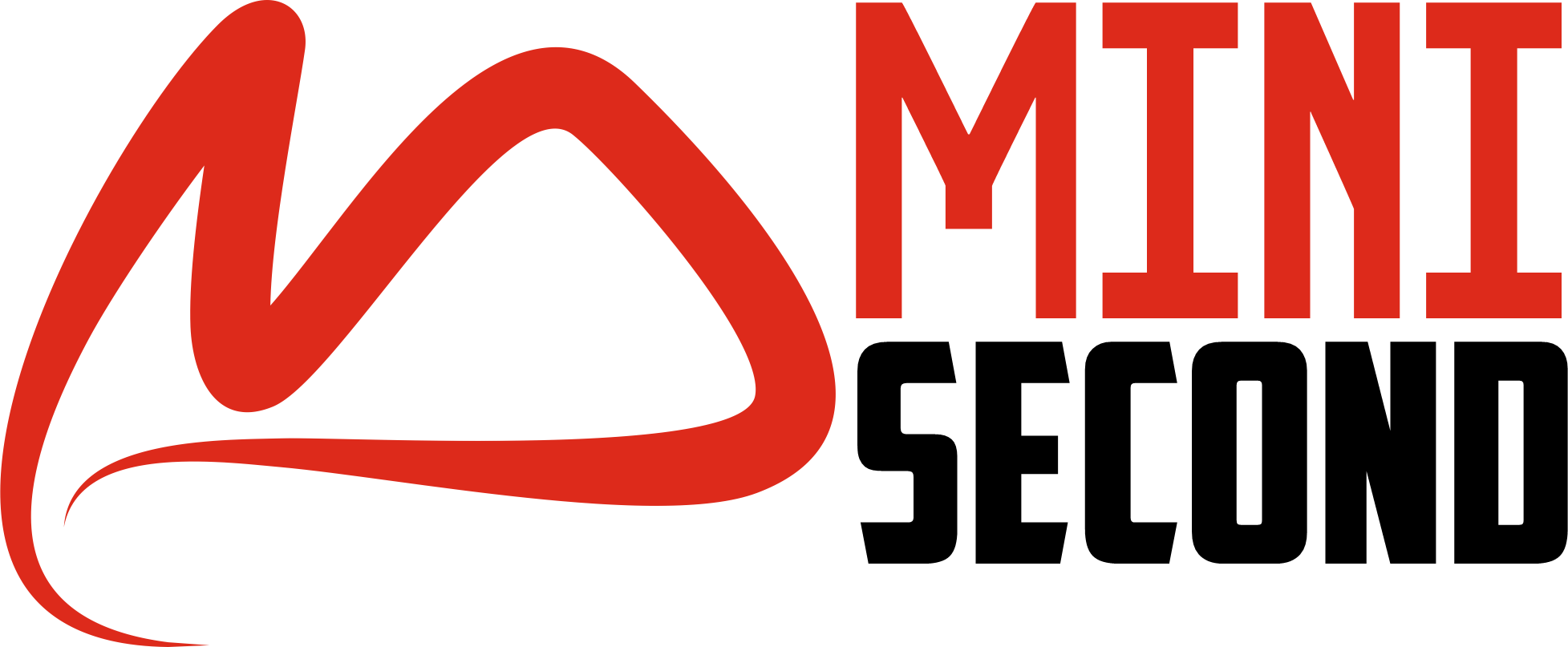when marketing savvy medical practices – Technology for intelligent infrastructures that help create environments that understand and adapt to the needs of patients and staff.
New challenges and new opportunities
The demand for health services is growing exponentially. The expectations of patients regarding the quality of medical treatment and services are increasing. And the rules and regulations are more complex. hese trends contribute to ever higher costs – and to reduce them there are several options: Reimbursement models are designed to be more value-oriented. Health organizations and hospitals are looking for better options to consolidate and collaborate better. All these measures have a single objective: more efficient care and assistance, more focused on the patient.
Perfect conditions for fast recovery and efficient work
All hospital wards have specific needs. Specialized applications require even more specialized equipment installation in spaces such as operating rooms, pressurized rooms, and laboratories. Siemens solutions help patients recover faster and staff work more efficiently – and all in a comfortable and functional environment.
Results are better if patients are satisfied
A hospital stay always means loss of control for the person admitted. Patients spend much of the day in a hospital bed with little contact with the outside world or with family and friends. Having WiFi and having some control over room conditions is especially important for patient satisfaction. Studies show that a comfortable environment has a positive impact on the healing process.
A more productive hospital is more attractive
Working in a hospital is a demanding job: you have to manage stress, both physical and mental, avoid mistakes while patients have to be satisfied. The daily demand and the pressure of expenses have a direct impact on the daily work of healthcare personnel. It is especially important to increase efficiency, simplify processes and support the well-being and safety of staff on a daily basis.
Flexibility and transparency for economic and reliable management
Hospitals are open 24 hours a day. His activity is intense at work level, and energetically demanding. Many departments work with energy-intensive equipment and processes, putting hospitals in second place among commercial energy consumers. Although there are possibilities for savings, they should never be carried out when the comfort or health of patients is at stake. The key to ensuring a reliable supply of energy, reducing costs and minimizing environmental impact is a efficient energy management system., which provides transparency on consumption and room occupancy in the building. We have specialized teams that help identify these and other improvement measures for facilities (FIMs – Facility Improvement Measures). Siemens implements and finances these measures and guarantees energy savings. Thanks to very visual and easy-to-use control panels we can continuously monitor savings from anywhere.
Patients are no strangers to our business. They are our
Creating and maintaining a patient-centered practice is not a new concept. More than 90 years ago, the creed of Cleveland Clinic founder Dr. William Lower provided exceptional insight, acknowledging that “a patient is the most important person in the institution” and that “they are not dependent on us, we are from them”. and, ultimately,
A comfort zone is a attractive place, but nothing ever grows there.
Medical business and marketing experts often talk about personal lessons in courage and determination. For example, physicians, particularly surgeons, are risk averse in business. In fact, being risk averse is the number one factor holding most physicians back from succeeding.
The hard part is having the courage to take risks to reap the rewards in business. Success—and the personal and professional rewards that come with it—is achieved when the desire for success is greater than the fear of failure.
What helps people helps businesses.
Some medical practices are quick to advertise what they most want to sell and do so without regard to consumer needs and expectations. The fundamental truth here is that no one goes shopping to buy “surgery” or medical treatment. People seek and buy greater well-being for themselves. Medical marketing that understands and communicates a solution to a problem or an answer to a need is essential to both helping people and driving revenue for patients.
Ideas without action are worthless.
A doctor’s office that wins in marketing starts with a detailed game plan. It is a plan, based on proven strategies and tactics, that includes specific goals and a means of measuring progress and results. It also includes a budget that is strong enough to matter and achieve the goals.

